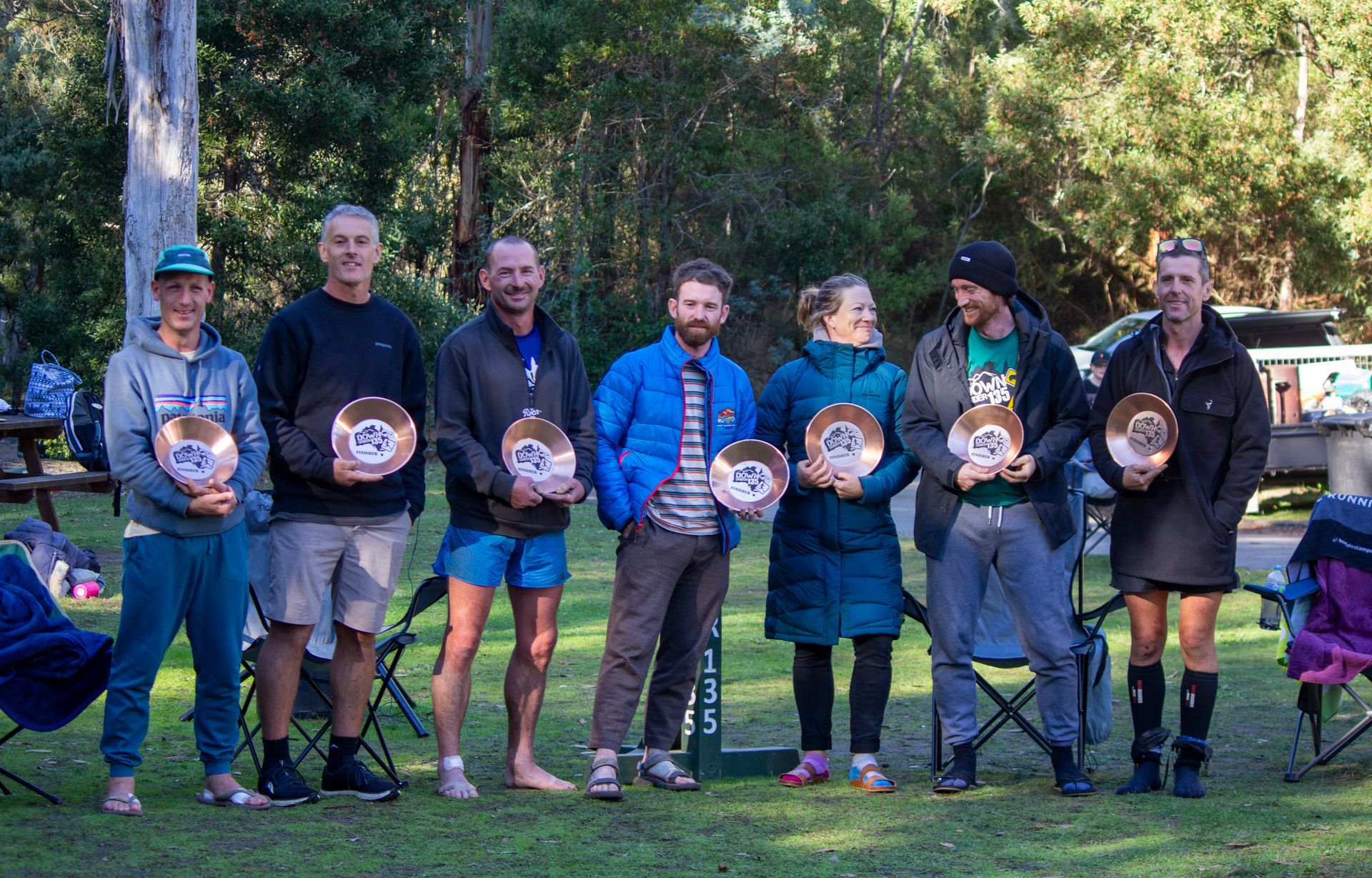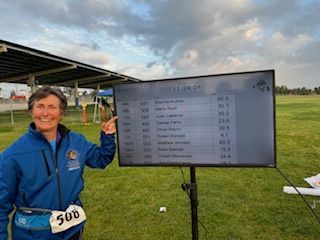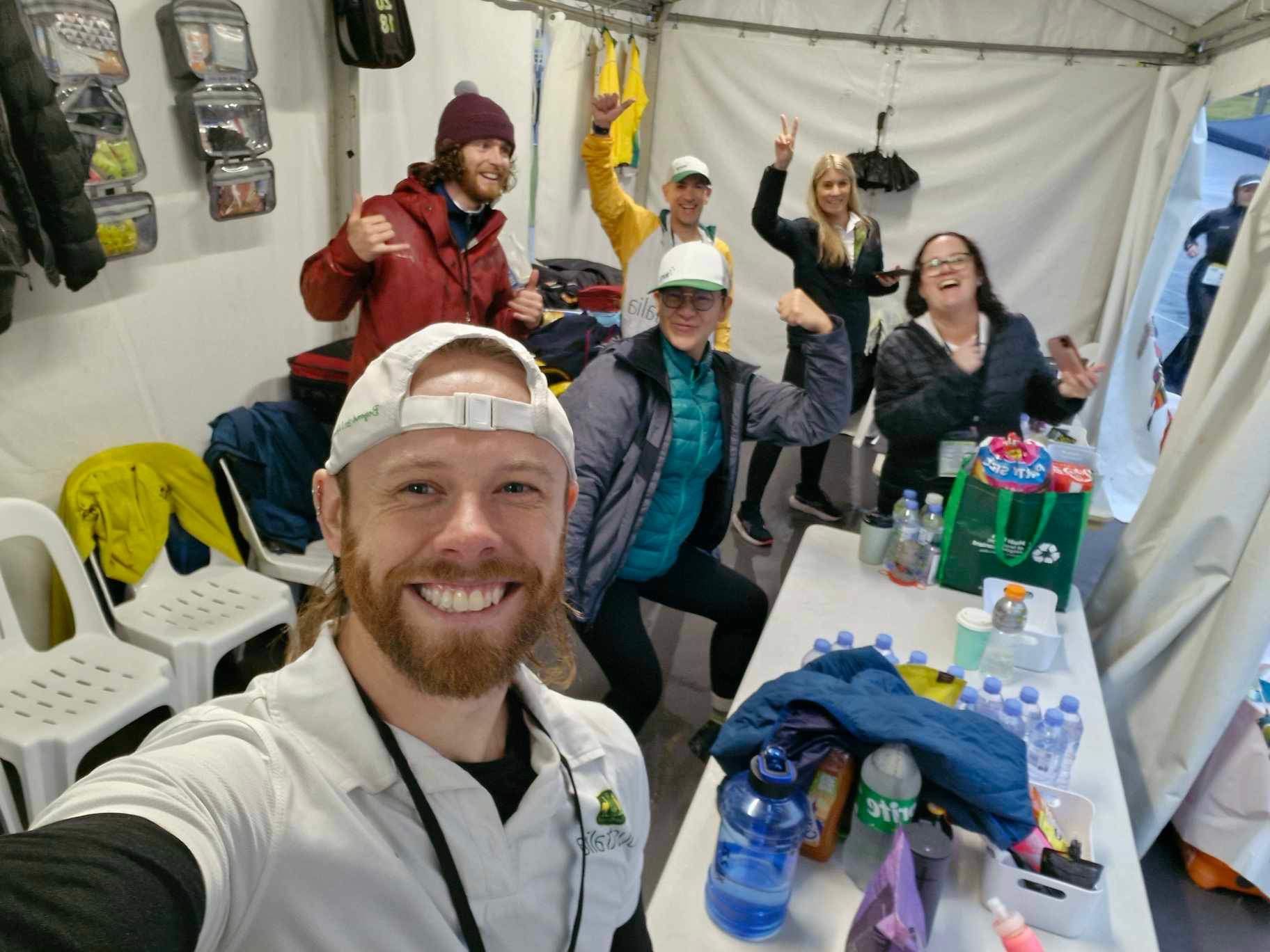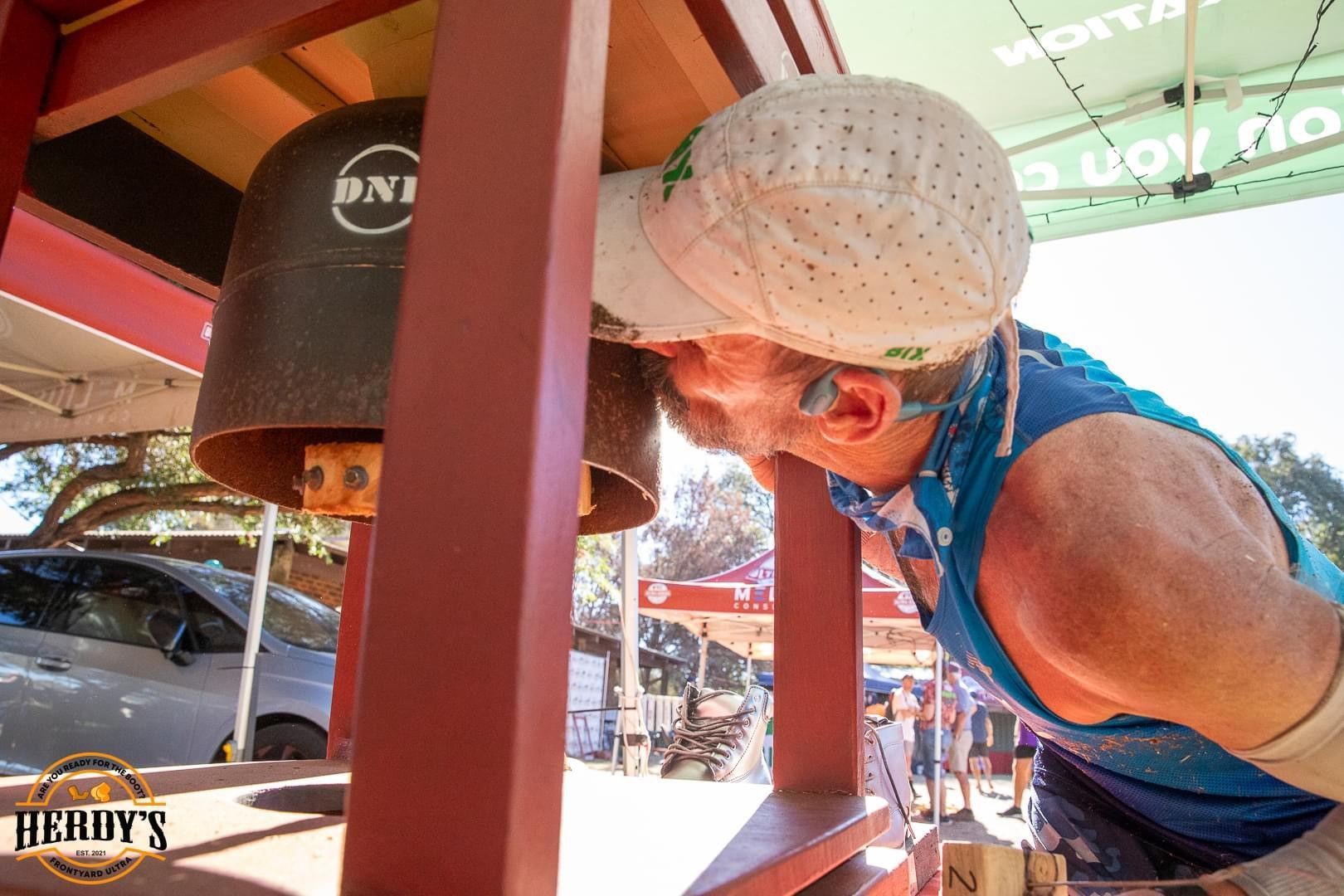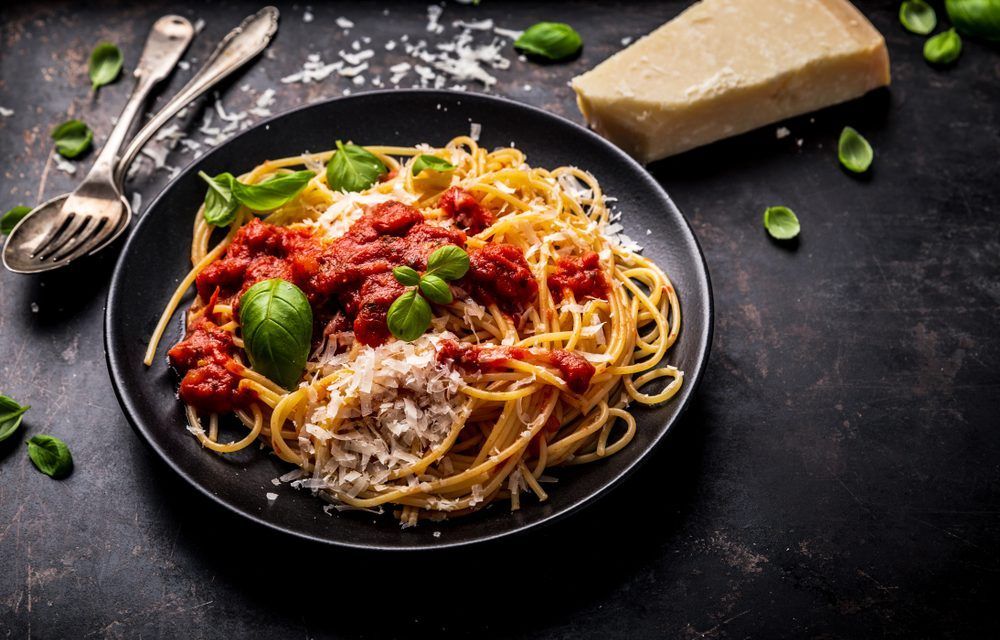
NUTRITION WITH TARA – WHAT TO FOCUS ON
Contributed by Tara Davenport, Accredited Sports Dietician
Tara Davenport is an Accredited Sports Dietitian based in Brisbane, Qld. Her experience stems from working with state level sport teams, the Australian Defence Force and every day endurance goers to athletes. Tara has competed in ultra marathons, trail races and is a keen runner. She uses evidenced based practices for her clients to ensure they are receiving the most up-to-date nutrition science, alongside with practical strategies to optimise performance and ensure nutrition is a life long focus.
WHAT TO FOCUS ON FOR YOUR ULTRA
There is a reason so many ultra events have a pre-race pasta meal the night before, and the electrolyte drinks handed out mid-race.
Nutrition is science.
It requires intelligent use of nutrition to optimise our training. It also involves a thorough understanding of our physiology and nutrition demands during race day and training. Our understanding of our hydration status and requirements is just as important. Let’s have a look at three key focuses to get you racing to your best potential!
THREE FOCUSES PRE-RACE:
- Top up your tank
- Avoid runner’s gut
- Adequate hydration
Firstly, applying new habits to our training is often easier when we understand the why and how it will positively impact your performance. Treat your race nutrition practices as your training practices – at least six weeks before a race!
When we consume carbohydrates, whether it’s the plate of pasta or a sports drink, the carbs are digested into sugars that enter our bloodstream. Since we are competitive runners, our body’s priority is to store this sugar after every run as glycogen. Carbs are our body’s most easily accessible form of energy – say what?! I thought keto was the way.
The why: carbs are fuel
Contrary to the keto diet, or other diets that promote a very low carb intake, runners and especially those covering great distances need carbohydrates to perform at their best. This is because they are using predominately stored glycogen from muscle. Large amounts of stored glycogen help us perform at our best, and we achieve this through carbohydrate intake. Being fuelled after training and fuelling during training, or an event, helps us stop ‘hitting the wall’.
‘Hitting the wall’ is glycogen depletion. It can be a slow onset or occur quite rapidly. The symptoms we can experience are muscle cramps, lack of concentration or dizziness, gastrointestinal (GI) upset and then sudden fatigue. It can be serious, and of course we don’t want to have that experience!
Top up your tank
You can avoid ‘hitting the wall’ by carb loading. It may be a smaller quantity for those with years of experience versus those who don’t, but remember – our bodies are great at adapting, although we will always benefit from topping up our tank!
When we are fuelled prior to a run, we don’t dip into our glycogen stores unnecessarily, sparing our stored glycogen and perform better. Always replicate event nutrition to training nutrition.
That should be your mantra.
Never try new nutrition strategies on event day, especially ones you haven’t tested and sealed as working during training.
An example of fuelling prior to an afternoon session for a 65kg runner:
Lunch: Mexican burrito = 2 wholemeal wraps with 1½ cups kidney beans + tomato based sauce + 100g meat each + cheese + vegetables/salad
Pre-training snack: Chobani FIT small yoghurt tub + banana + small handful of almonds + drizzle of honey + ½ cup rolled oats
The same goes for the nutrition we are consuming during a run. If you’re new to fuelling during a run, start with sugary fluids first and then try bars or gels. As we run, the amount of carbohydrates our body can use at a time is ~60g/hour (2-3 gels, metabolised at a rate of 1g/min).
Depending on our gut tolerance and our nutritional requirements the amount of carbohydrates can take trial and error.
Those with experience can try mixing sugars, like glucose and sucrose for more rapid absorption, giving improved performance. Adaptation can make our bodies more efficient and increase usage to 90g carbohydrates per hour, allowing a greater opportunity to keep muscle glycogen.That is roughly 3-4 gels.
Avoid runner’s gut
I’m sure we have all been there running to the loo mid-training because the food we ate earlier is not agreeing. Gastrointestinal issues can be solely on race day or we can be using trial and error during training. Either way, replicate your training as closely as you can to your event day. If your race day start is early, wake up early and fuel up and go back to bed. If your gut responds with nerves, have a few other smaller races at least eight weeks prior to race day to practice what foods will sit well during the race.
When we are running blood flow to our gut is low. This means digestion is going to be a lot slower. A low fibre diet 1-2 days prior the event (or 1-2 hours before our training), a low fat intake and trying low FODMAP foods can alleviate symptoms.
Low FODMAP refers to structures in carbohydrates that can require more metabolism causing symptoms. Try berries or citrus fruits rather than bananas or apples, swap bread to corn or rice crackers/thins with peanut butter, keep dairy to a minimum or go lactose free, or choose low FODMAP bars or gels.
Hydration
It’s important to be well hydrated prior your race and to understand how much you will need to avoid stomach upsets and more seriously dehydration. Dehydration will significantly impact your performance, predominately on concentration, reaction times and decision making. We need sharp concentration whether we are running on flat road or trail.
Races are generally during the cooler months, but only small changes to hydration are required. Racing in hotter or more humid environments will need greater alteration.
To understand your hydration needs one of the easiest, yet less glamorous checks can be to check your urine. Aim for light yellow for well hydrated, avoid darker yellow-like apple juice as we will be dehydrated. Also avoid clear, this will mean overhydrated. Being overhydrated will also negatively impact your performance, and can be dangerous.
Light sweater or heavy sweater? Get a rough idea on how much you sweat (total water loss) and what your salt loss is during a run. Weigh yourself before a run that matches your race distance, then weigh yourself again after the race to give you the total fluid loss. Take any ingested fluid during the run into account, and rehydrate by 150% by the total fluid loss.
Salt loss will change the osmolarity of fluid to electrolytes. Heavy salt loss (you can see salt drying on your arms or you can taste it or have salt left on your hat) means we need to replace these during our run with electrolytes. Try sodium tablets in your hydration bladder separately to your fluid nutrition.
Tara Davenport, Accredited Sports Dietician & Avid Runner
Get in touch with Tara by emailing her at taradavenportapd@outlook.com with any questions. She is available for face-to-face consultations at Milton or online consultations (these can be booked through her website here).



